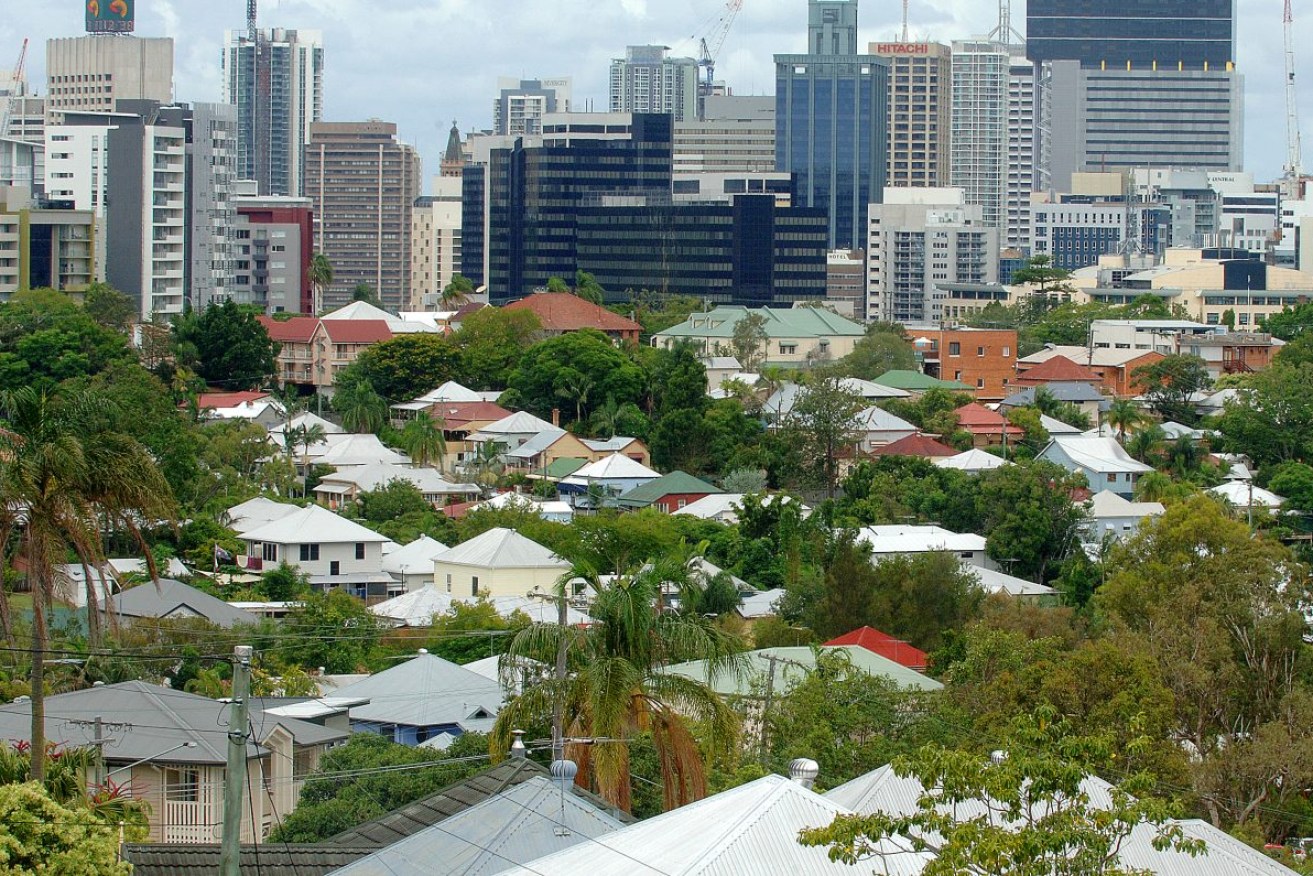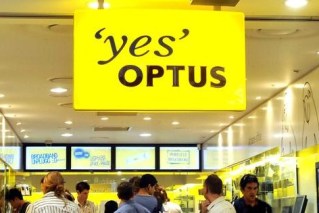Bigger or denser? Debate begins on how Brisbane will cope with growth
AN economic report into Queensland’s urban planning has called for growth boundaries to prevent the harsh financial and environmental impacts of urban sprawl.


Brisbane suburban housing near the city. (AAP Image/Dave Hunt, file)
The report, by SGS Economics and Planning for the Queensland Conservation Council, has been welcomed by the Planning Institute, raises questions about whether bigger is better and promotes density as an alternative.
Among some controversial proposals, the report said a new planning authority should be established made up of state and council delegates.
It also called for an active government land developer to intervene for orderly and efficient development and more development contributions.
The report follows a call for submissions into the southeast Queensland’s growth as forecasts show a need for extra 900,000 dwellings by 2046.
SGS partner and principal Patrick Fensham said households stood to benefit from a reduction in the rate of urban sprawl with lower cost of living, more households closer to more jobs and a greater opportunity for women to contribute.
“The research and evidence tells us that if southeast Queensland built more dwellings in already developed areas than is currently the case, the community as a whole stands to benefit and save money because existing infrastructure and services are better utilised and less new infrastructure needed,” he said.
The report said there needed to be clear growth boundaries and areas which will not be allowed to be developed. This would protect the environment as well as agricultural land.
Legislative arrangements should be implemented alongside strategic planning to establish a high bar for expansion of the growth boundary,” the report said.
Queensland Conservation Council director Dave Copeman said the report showed greenfield housing developments were slower to develop, more expensive and riskier to the environment than the alternative of infill development.
“Queensland can do planning better and end our current reliance on urban sprawl,” Copeman said.
“No one wants to be forced to commute for hours stuck in traffic jams, leaving satellite suburbs with no community, schools or hospitals. The only winners are developers who are using the housing crisis as an excuse to argue we must push out our urban fringe.”












